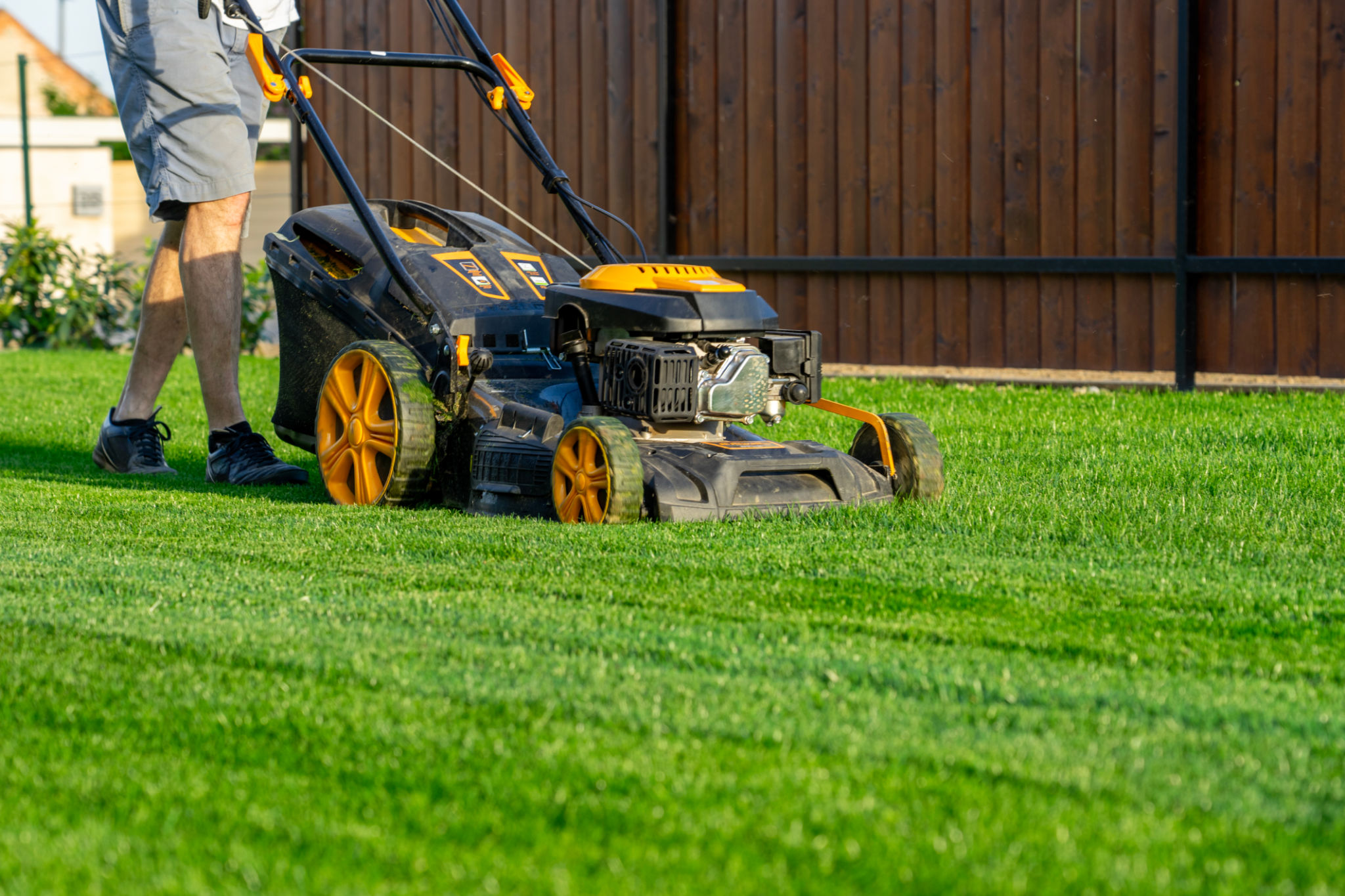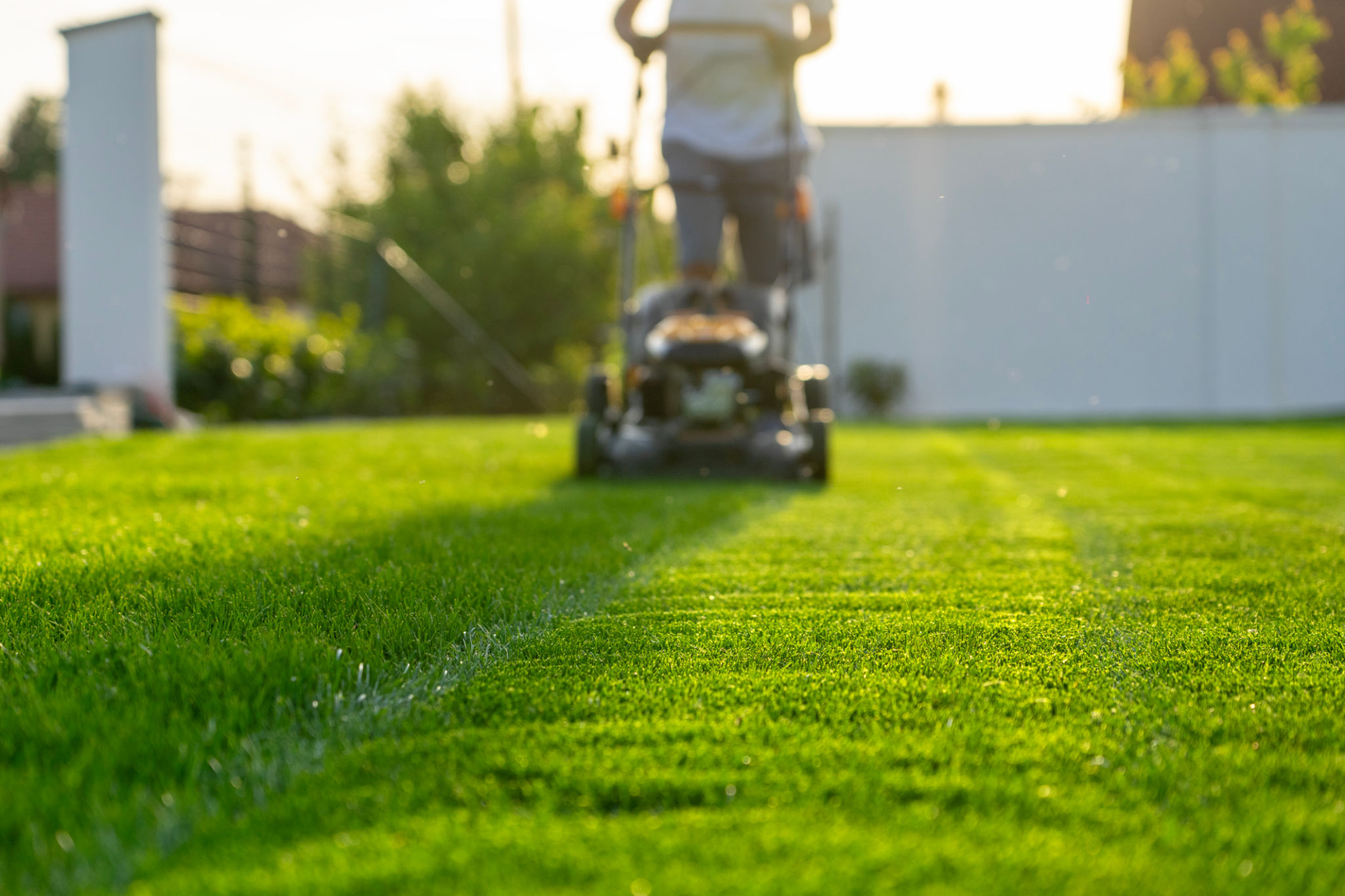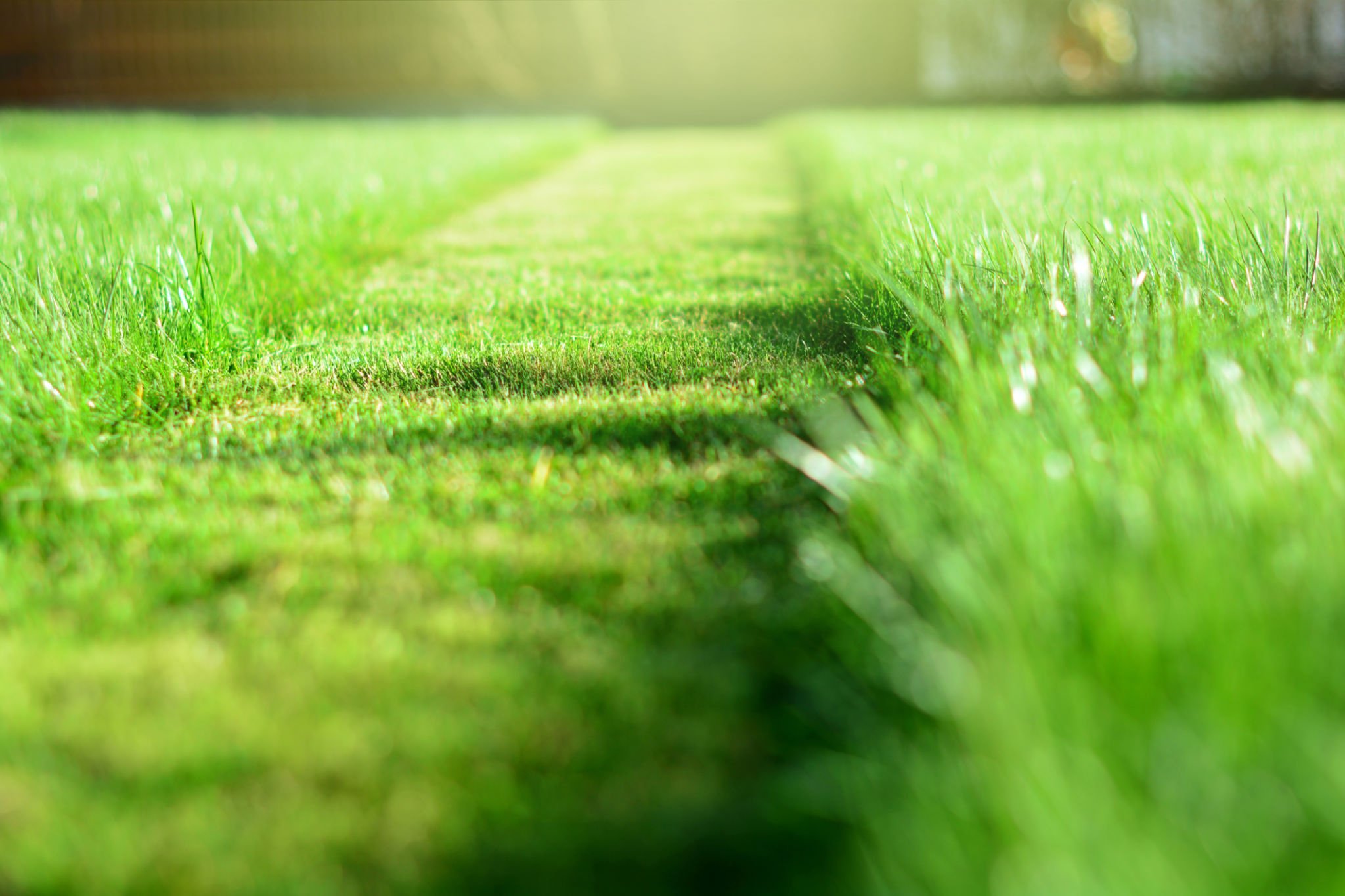DIY Lawn Mowing Tips: Achieving a Professional Finish at Home
Essential Tools for a Professional Lawn Mowing Experience
A well-maintained lawn can dramatically enhance the curb appeal of your home. To achieve a professional finish, it's crucial to have the right tools at your disposal. Essential equipment includes a quality lawn mower, a string trimmer, and a pair of sharp shears. Investing in a mower with adjustable height settings can provide flexibility for different grass types and desired lengths.
Regular maintenance of your tools is equally important. Ensure that your mower blades are sharp, as dull blades can tear grass instead of cutting it cleanly, leaving your lawn looking ragged. Clean your mower regularly to prevent build-up of grass clippings and debris.

Mastering the Art of Mowing Techniques
The technique you use while mowing can significantly affect the appearance of your lawn. Begin by mowing in straight lines to achieve an even and professional look. Overlapping each pass slightly will ensure that no patches are missed, providing uniformity to the grass height.
Change your mowing pattern each time you cut the grass. This prevents soil compaction and encourages healthy grass growth. Additionally, avoid mowing when the grass is wet, as it can lead to uneven cutting and clumping of grass clippings, which can smother the lawn.

Setting the Ideal Grass Height
The ideal grass height depends on the type of grass you have. Generally, cool-season grasses such as fescue and bluegrass should be kept at around 2.5 to 3 inches, while warm-season grasses like Bermuda and zoysia should be maintained at 1 to 2 inches.
It's important to follow the "one-third rule": never cut more than one-third of the grass blade length in a single mow. This helps maintain root health and prevents stress on the grass, promoting a lush and vibrant lawn.

Managing Lawn Clippings
Lawn clippings can be beneficial for your lawn if managed correctly. Consider leaving the clippings on the lawn as they decompose quickly and return valuable nutrients to the soil, reducing the need for chemical fertilizers.
If you prefer a tidier appearance, collect the clippings and use them as mulch in garden beds. Alternatively, start a compost pile with your clippings and other organic waste to create nutrient-rich compost for future use.
Seasonal Considerations for Lawn Care
Lawn care needs vary with changing seasons. In spring, focus on removing winter debris and applying a pre-emergent herbicide to prevent weed growth. During summer, water deeply but infrequently to encourage deep root growth.
In fall, aerate the soil to alleviate compaction and overseed if necessary to fill in bare spots. Finally, winterize your lawn tools before storing them away at the end of the season to ensure they are ready for use come spring.

